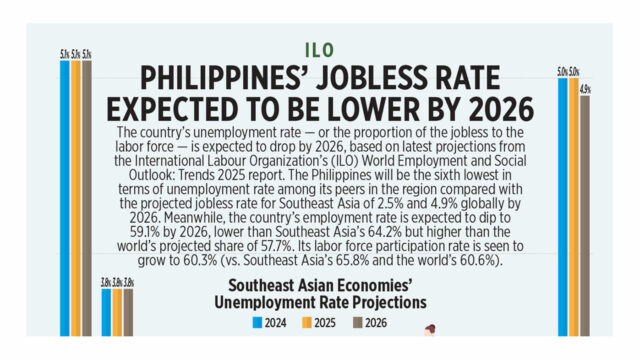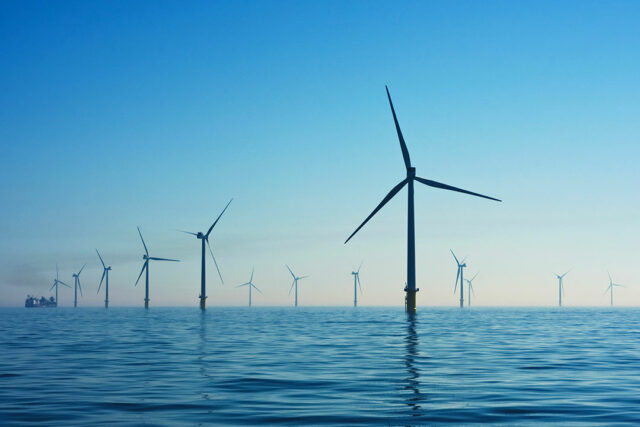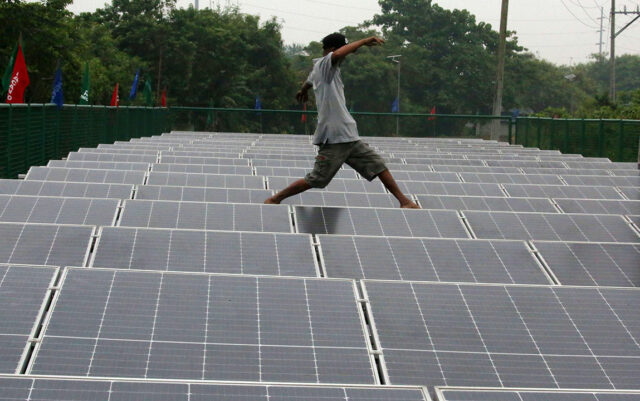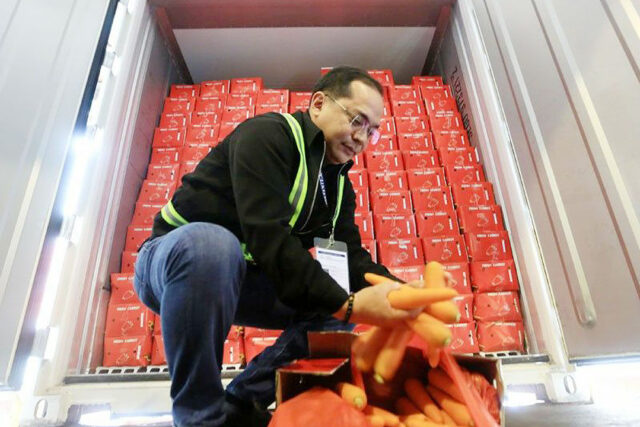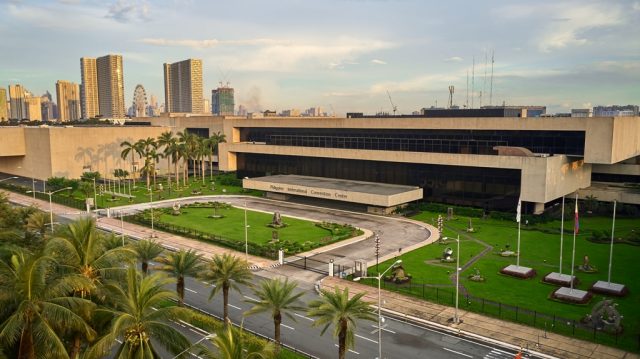Digitalization in the 21st century brought with it several challenges to the rules for taxing international business income, which gave rise to base erosion and profit shifting (BEPS), in which multinational entities (MNEs) shift profits to locations with minimal or no tax to pay a reduced amount of taxes globally. BEPS practices undermine the fairness and integrity of tax systems because businesses that operate in various jurisdictions may use BEPS and gain a competitive advantage over entities operating domestically.
To address the challenges to the tax system brought about by globalization, the Organisation for Economic Cooperation and Development (OECD) and the G20 countries created the OECD/G20 Inclusive Framework on BEPS. In October 2021, over 135 Inclusive Framework Members joined a two-pillar solution to reform the international tax system, ensuring that MNEs pay their fair share of tax regardless of the tax jurisdiction where they generate revenue.
OVERVIEW OF BEPS PILLAR 2
The BEPS Pillar 2 or the Global Anti-Base Erosion Rules (GloBE Rules), introduces a Global Minimum Tax (GMT) of 15%. To apply, if a qualified MNE’s effective tax rate (ETR) in a particular jurisdiction is less than the 15% GMT, the MNE should pay the top-up tax (the difference between the 15% GMT and ETR) to meet the GMT. However, the GloBE rules do not apply to all MNEs. Only MNEs with consolidated group revenue of 750 million euros in at least two out of the last four years are required to pay the top-up tax.
The top-up tax may be collected in three ways. The first is the Income Inclusion Rule (IIR), which imposes a top-up tax on the ultimate parent entity (UPE) based on the earnings of foreign subsidiaries with ETRs below the GMT. UPE will pay the top-up tax to the taxing jurisdiction where it is situated. The second is the Undertaxed Profit Rule (UTPR), which “sweeps” whatever is not collected by the IIR. UTPR enables the taxing jurisdictions where the subsidiaries are operating to collect the top-up tax yet to be collected through the IIR by way of denial of a deduction for otherwise deductible expenses (or be subject to an equivalent adjustment under domestic law in an amount sufficient to result in the MNE located in the UTPR jurisdiction having an additional tax expense equal to the UTPR top-up tax allocated to that jurisdiction). The third is the Qualified Domestic Minimum Top-Up Tax (QDMTT), where the taxing authority that has jurisdiction over the entity will have the primary rights to the top-up tax.
WHAT NOW IN THE ASEAN MEMBER COUNTRIES
Based on the Tax Challenges Arising from the Digitalization of the Economy – Administrative Guidance on the Global Anti-Base Erosion Model Rules – Central Record, OECD/G20 Inclusive Framework on BEPS, which was published by OECD on Jan. 15, starting Jan. 1, 27 countries had transitional qualified status for IIR, while 28 countries had transitional qualified status for QDMTT worldwide.
In the region, only Vietnam has been granted a transitional qualified status for both IIR and QDMTT. Indonesia, Malaysia, Singapore, Thailand, and Hong Kong have adopted BEPS Pillar 2 starting Jan. 1.
Indonesia issued Government Regulation No. 55 of 2022 on Dec. 20, 2022, which implemented amendments to the Income Tax Law. Government Regulation No. 55 serves as a legal basis to adopt the GloBE rules. Further, Indonesia’s Ministry of Finance issued Regulation No. 136 of 2024, which provides for the implementation of the Pillar 2 GMT rules in Indonesia. This includes the IIR and QDMTT, which will apply starting Jan. 1, 2025, and the UTPR, which will apply starting Jan. 1, 2026.
Malaysia published the Finance Act (No. 2) 2023 in its Official Gazette on Dec. 29, 2023. The Finance Act will implement the Domestic Top-up Tax and the Multinational Top-up Tax. On Dec. 2, 2024, the Malaysian Inland Revenue Board (MIRB) issued guidelines on the implementation of GMT in Malaysia. This law took effect on Jan. 1.
Singapore President Tharman Shanmugaratnam approved the Multinational Enterprise (Minimum Tax) Act 2024 on Nov. 8, 2024. The new law seeks to implement two new top-up taxes —Domestic Top-up Tax and the Multinational Enterprise Top-up Tax — under the OECD’s BEPS. On Dec. 30, the Singapore Ministry of Finance published the Multinational Enterprise (Minimum Tax) Regulations 2024 in support of the new legislation. The new tax legislation took effect on Jan. 1.
Thailand also issued Emergency Decree on Top-up Tax on Dec. 26, which took effect on Jan. 1. Thailand’s new legislation adopts QDMTT, IIR, and UTPR.
Brunei Darussalam, Cambodia, Lao PDR, Myanmar, and the Philippines, which constitute half of the ASEAN member countries, have not yet passed laws implementing the GloBE Rules.
WHERE IS THE PHILIPPINES NOW?
The Philippines joined as a member of the OECD/G20 Inclusive Framework on Nov. 8, 2023. This move reconfirms our government’s commitment to a fair system of taxation, protecting the country’s tax base against aggressive tax avoidance schemes, and promoting international tax cooperation. Despite joining the OECD/G20 Inclusive Framework, the Philippines has not yet pass a tax law to implement the GloBE Rules.
Philippine entities of MNEs may be subject to the regular corporate income tax (RCIT) of 20% or 25%. On the other hand, companies that are registered business enterprises have preferential income tax rates such as income tax holiday (ITH) or the 5% Special Corporate Income Tax (SCIT). Therefore, the GloBE Rules may most likely apply to these registered business enterprises enjoying the preferential income tax rates since they may have an ETR lower than the 15% GMT.
IMPACT OF GLOBE RULES IN THE PHILIPPINES
Republic Act No. 12066, otherwise known as the CREATE MORE Act, was signed in November. The CREATE MORE Act makes the Philippines’ tax incentives regime more globally competitive and investment-friendly, with the goal being to promote the Philippines as a prime investment destination.
Developing countries like the Philippines rely mostly on foreign investment to generate revenue. However, with the eventual implementation of GloBE Rules, investing in the Philippines may be less appealing to MNEs because they can no longer take advantage of the preferential tax rates, since they would be required to pay a GMT of 15% regardless of where they invest.
If the Philippines adopts the GloBE Rules, our Congress should pass a law amending the Tax Code to implement at least the QDMTT to maximize tax collection. The adoption of the QDMTT will give priority to the Bureau of Internal Revenue (BIR) to collect the top-up tax of those qualified MNEs with low ETRs. The implementation of the IIR may only have a minimal increment on our tax revenues since we do not have that many UPEs situated here. Likewise, UTPR will not have a huge increment on tax revenue, unlike the QDMTT. Congress, however, should weigh the possible benefits and consequences of adopting the GloBE Rules. While the Philippines will benefit from the GloBE rules, resulting in additional tax revenue, a possible consequence is that it could drive away foreign investors.
I believe that BEPS Pillar 2 is still in the experimental stage. On the one hand, developed countries will surely benefit from this as they may earn back the tax revenues lost through MNEs investing in a low- or no-tax jurisdiction. On the other hand, developing countries, like the Philippines, may be adversely affected by it since it might drive away foreign investors who prefer to do business in developing countries offering lower tax rates.
In 2023, the OECD published sets of administrative guidance on BEPS Pillar 2, which provides new tax credits such as the marketable transferable tax credits (MTTCs) and non-MTTCs. MTTCs are tax credits that can be used by the holder of the credit to reduce its tax liability and are transferable upon satisfaction of certain conditions. Non-MTTCs, on the other hand, are still transferable but no longer marketable once transferred. To mitigate the effects of the adoption of GloBE Rules to the attractiveness of the Philippines as an investment hub, Congress should pass amendments to the Tax Code, specifically on tax incentives that can be provided to MNEs qualified to pay the GMT.
In the Philippines, investors are assured of a quality workforce. The depth and quality of our human resources make the Philippines an attractive place for doing business. Filipinos are known for diligence, hard work, and English proficiency. According to the latest Pearson Global English Proficiency Report 2024, Filipinos rank above the global average in Business English Proficiency scoring 63 compared to the global average of 57. This, together with the government’s continuous dedication to ease of doing business, should be bolstered to attract potential investors.
The government must find new ways to attract foreign investors to the Philippines. To gain new investors, the government should consider adding fiscal incentives and devising and improving non-fiscal incentives. Several countries are already implementing the GloBE Rules, and it is only a matter of time before our current fiscal incentives will be rendered irrelevant because of the payment of the GMT.
Let’s Talk TP is an offshoot of Let’s Talk Tax, a weekly newspaper column of P&A Grant Thornton that aims to keep the public informed of various developments in taxation. This article is not intended to be a substitute for competent professional advice.
Runell Alvyn V. Sarmiento is a manager from the Tax Advisory & Compliance division of P&A Grant Thornton, the Philippine member firm of Grant Thornton International Ltd. pagrantthornton@ph.gt.com

